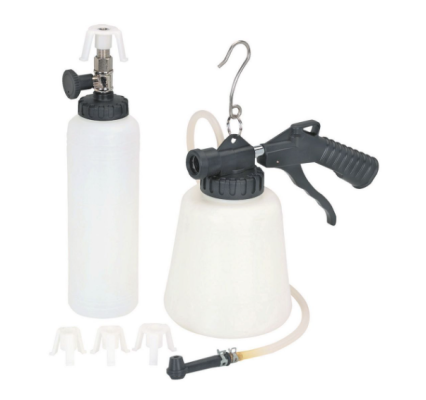Brake flush is a loaded term used by repair shops or dealerships to charge the vehicle owner for topping off their brake fluid reservoir
(Not in all cases)
When you have your brakes replaced or serviced the service requires the brake fluid to be bleed and depending on the extent of the components removed and replaced that are attached to your vehicle brake lines ; air inevitably finds its way to replace escaping brake fluid , and more fluid needs to be fed into the reservoir to bleed the air out through the brake bleeder lines
This can be accomplished most of the time by repeatedly pumping and pressing the brake pedal to the floor by you or an assistant.
A pump or vacuum device helps to assist in this process but because of anti-lock brake technologies there are a couple extra steps to activate an electronic brake pump inside the anti- lock brake guild manifold and an advanced OBD2 connected controller can command the actuator to engage when certain conditions a met
Because you want to replace the fluid without a component replacement all you really need to do is bleed each individual wheel starting with the furthest from the reservoir and progressively moving to the wheel closest to it.
Only remove fluid out of the bleeder valve and not pushing fluid into it by some pump or device because you risk contaminating the system with sediments .
To replace all the fluid in the lines except for the anti-lock system you’ll want on hand about one and a half to two quarts you might not go through exactly that much but it’s better than running short in the middle of bleeding.
Don't let the reservoir run dry as not to let air into the master cylinder or you’ll need to bleed that separately and it can be messy.
View attachment 540742
Make sure the bleeder hose is submerged in liquid to prevent air from being drawn back into to system before you can close the bleeder valve


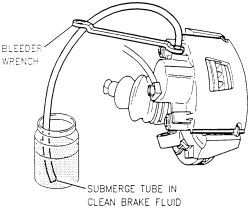
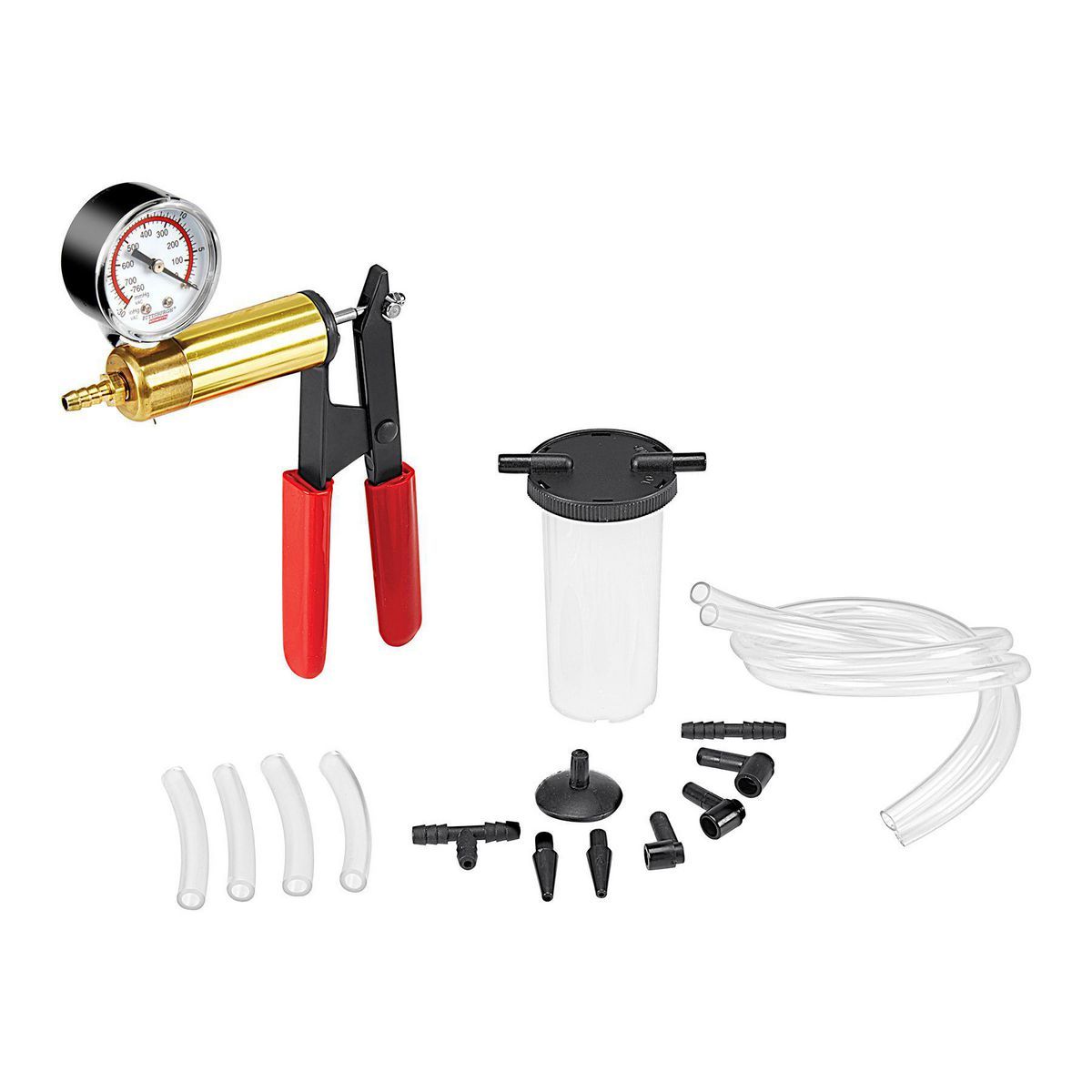
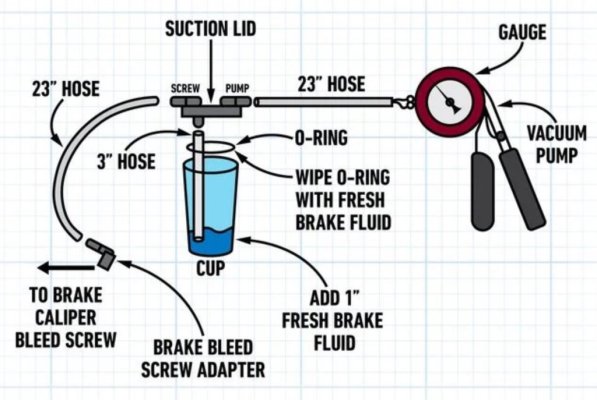
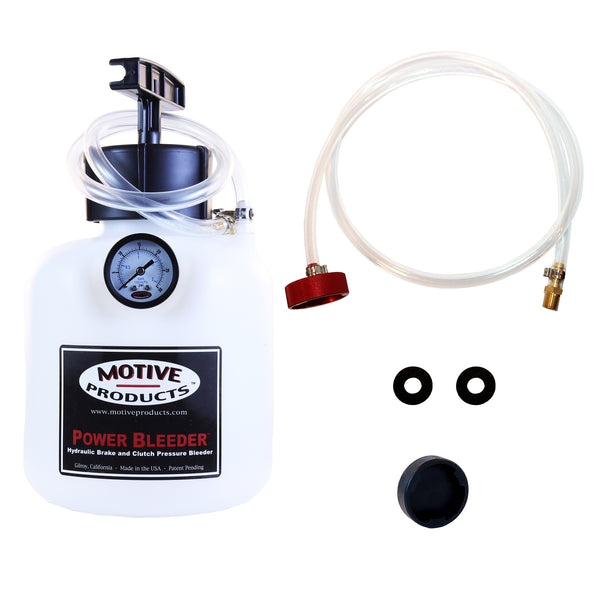

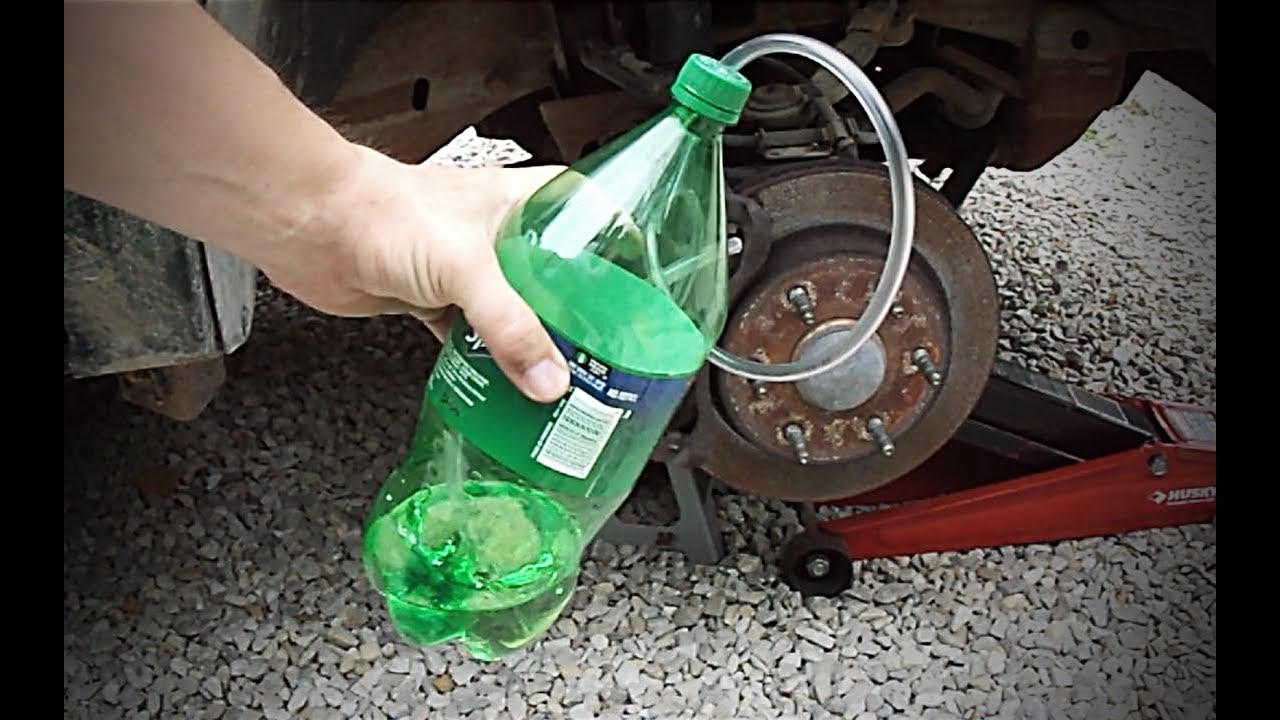
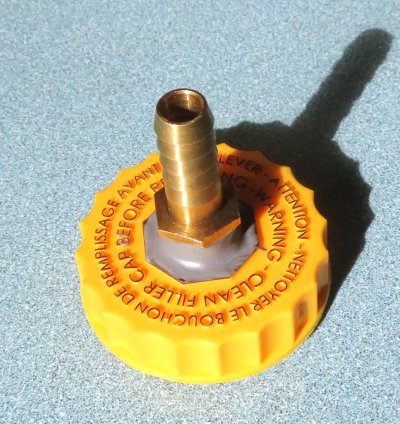
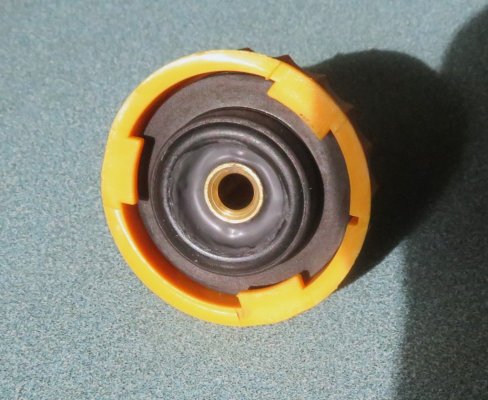
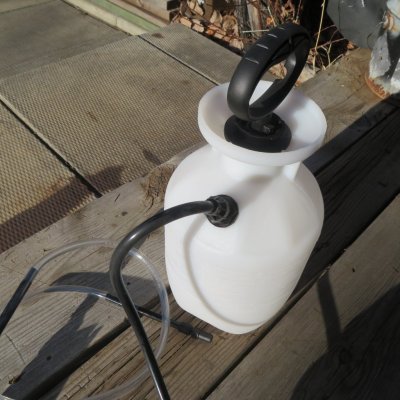
 But if the vehicle is up on a hoist, then the pressure & fluid feed hose works better as a guy would need to use a ladder to add fluid.
But if the vehicle is up on a hoist, then the pressure & fluid feed hose works better as a guy would need to use a ladder to add fluid.